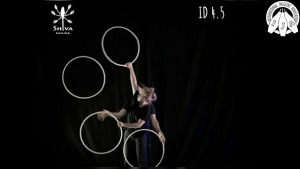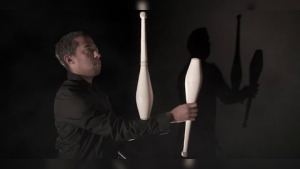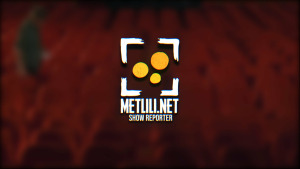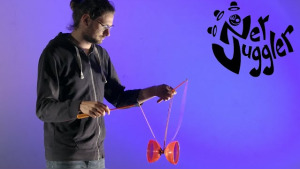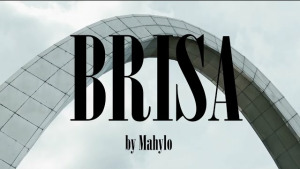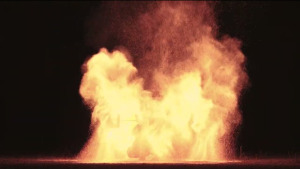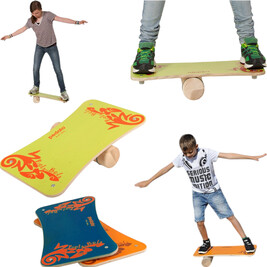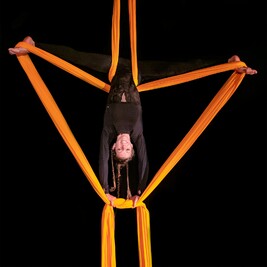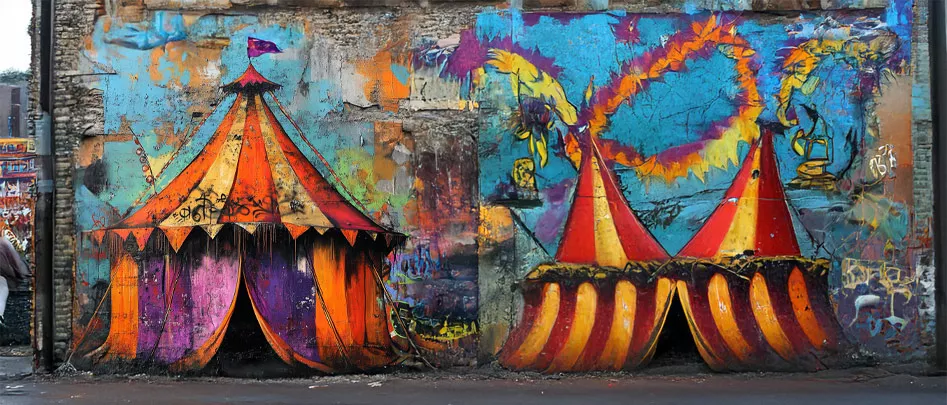
Circus
The circus: a timeless art at the heart of the imagination
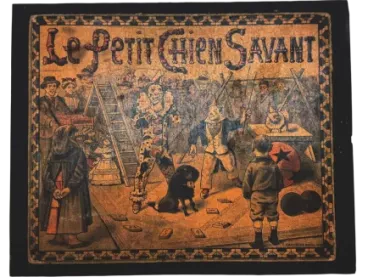
Under the striped canvas of big tops or in reinvented spaces, the circus has captivated humanity for centuries with its unique blend of physical prowess, artistic audacity, and universal emotions. More than just a show, it is a universe where acrobats, jugglers, and tightrope walkers push the boundaries of what is possible, awakening the wonder of young and old alike. From its ancient origins to its contemporary metamorphoses, the circus stands out as a living art, rooted in tradition while projecting itself into the future.
The origins of the circus: a story born in the arena
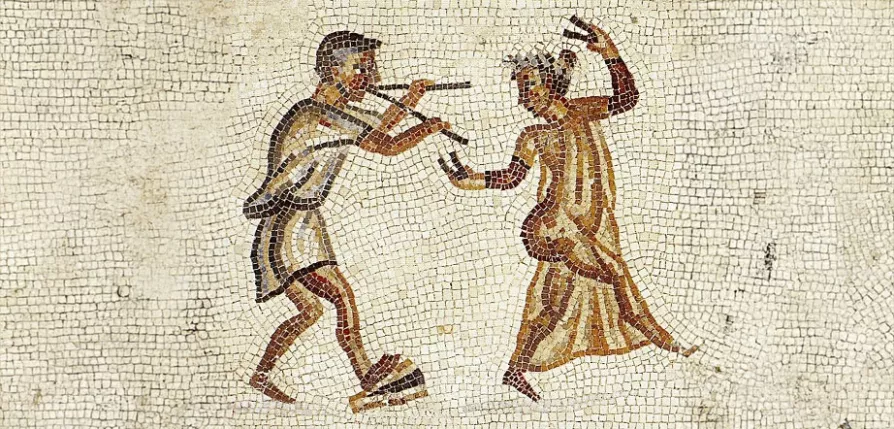
The term "circus" derives its essence from the Latin circus , evoking the circular arenas where the Romans witnessed spectacular competitions and games. But the modern circus has its roots in 1768, when Philip Astley, an English horseman, created a ring in London 13.50 meters in diameter—a standard still in use—to present equestrian acts enhanced by acrobatics. Introduced in France in 1774 with the English Amphitheatre, this art form was enriched in the 19th century with exotic animals and tamers, such as Henri Martin facing his tiger, marking the emergence of a grandiose and popular spectacle.
The Golden Age of the Circus: A Tradition in Motion

Under the Third Republic, the circus flourished in France thanks to figures like Théodore Rancy and the Franconi dynasty, who erected traveling big tops and permanent circuses. In Paris, the Cirque d'Hiver and the Nouveau Cirque drew crowds with pantomimes and equestrian acts. Across the Atlantic, Barnum & Bailey revolutionized the genre in 1871 with railway convoys and colossal menageries. In Europe, names like Pinder, Bouglione, and Knie perpetuated this tradition, combining dressage, clowns, and acrobatics in a celebration that appealed to all social classes.
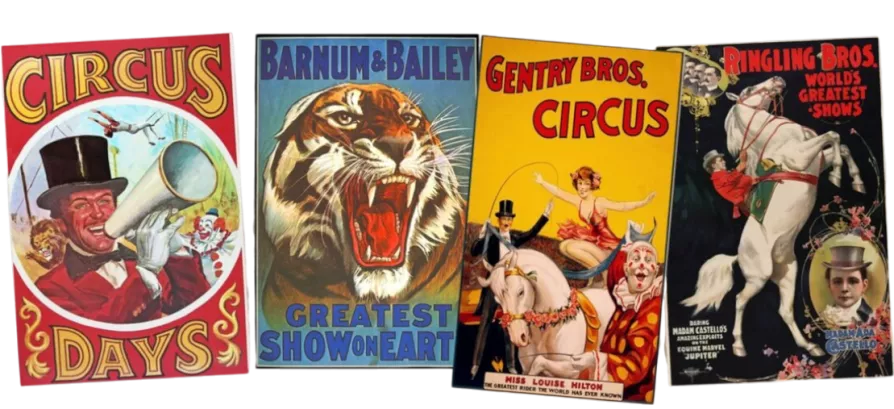
Contemporary circus: a creative renaissance
Since the 1970s, the circus has been reinventing itself under the impetus of the new circus , led by troupes such as Cirque du Soleil and Archaos. Out with the wild animals, in with theatricality, dance and innovation. Circus schools, supported in France by the French Federation of Circus Schools (FFEC), are training a new generation of artists, often far removed from traditional dynasties. Today, the circus is freeing itself from the big tops to invest in halls, streets and atypical places, redefining its codes while preserving its essence: to amaze through human exploits.

Circus professions: behind the scenes
Beyond the spotlight, the circus relies on a network of discreet talents. Choreographers dream up fluid acts, costume designers craft dazzling outfits, and technicians adjust trapezes and tightropes to ensure safety. School instructors pass on ancestral knowledge, while the ringmaster, the master of ceremonies, guides the audience between each act. These behind-the-scenes artisans, essential to the magic of the ring, embody the richness of an art that combines creativity and rigor.
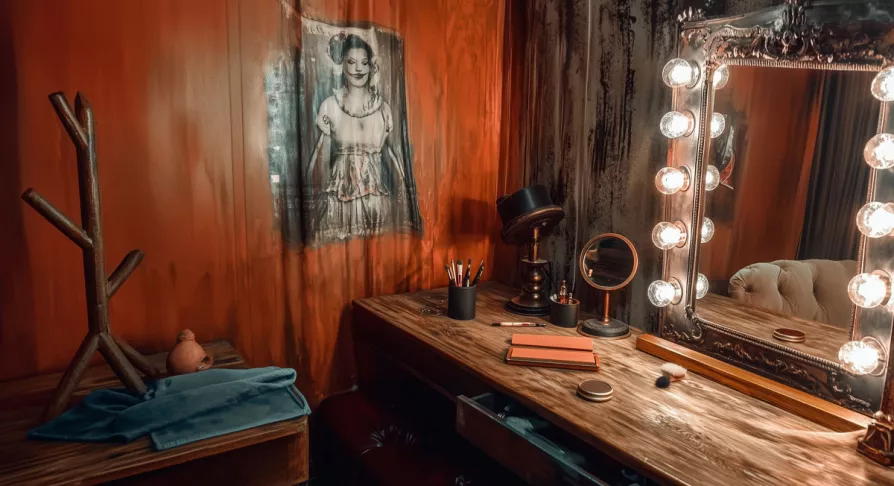
Circus disciplines: a kaleidoscope of virtuosity
The circus is distinguished by a mosaic of practices. Ground acrobats perform lifts and balances with near-Olympic precision. Up above, aerialists—trapeze artists or silk artists—dance through the air, defying gravity. Acrobats, on unicycles or tightropes, play with instability, while jugglers animate balls, clubs, and diabolos in a symphony of dexterity. Clowns and magicians, meanwhile, bring humor and mystery, weaving a show where each discipline shines through its uniqueness.
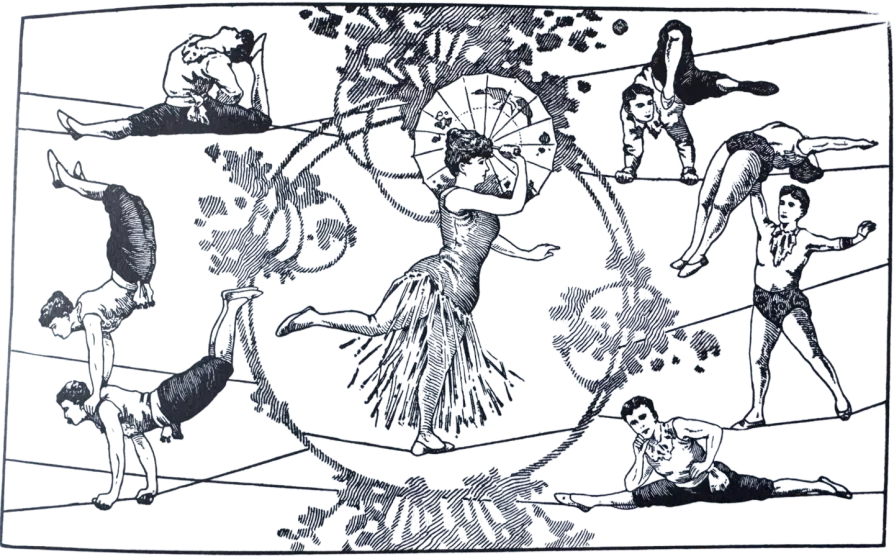
The benefits of the circus: an art that elevates body and mind
Practicing circus transforms its practitioners. Juggling, for example, sharpens hand-eye coordination and stimulates brain plasticity, as revealed by a 2009 Oxford study. Acrobatics tone muscles and make the body more flexible, while balancing improves concentration and proprioception. Moreover, this art forges resilience and self-confidence, virtues that radiate beyond the ring. Accessible to all, it invites everyone to explore their limits with curiosity and perseverance.
Circus and science: proven virtues
Performing in the circus transforms its practitioners, far beyond mere entertainment. This age-old art, combining physical prowess with creativity, reveals multiple benefits, validated by rigorous scientific research, that affect the body, mind, and spirit. Juggling, for example, sharpens hand-eye coordination and stimulates brain plasticity, as revealed by a landmark study conducted by the University of Oxford in 2009. Published in Nature Neuroscience , this research demonstrated that learning to juggle strengthens the connections of white matter pathways in the brain, particularly those that link the visual and motor areas. This phenomenon is not limited to improved dexterity: it promotes increased brain plasticity, paving the way for lasting cognitive benefits, such as better memory or optimized learning capacity.
Acrobatics, on the other hand, dramatically tone muscles and improve the body's flexibility. A 2016 study published in the Journal of Sports Medicine and Physical Fitness highlighted the impressive effects of acrobatic training: in adults, it significantly improves muscle strength, flexibility, and even body composition. These movements, which require a subtle blend of power and agility, sculpt the body while providing flexibility that goes beyond the simple aesthetics of performance. Balancing, meanwhile, sharpens concentration and proprioception—the essential ability to perceive one's own body's position and movement in space. A 2018 systematic review published in the British Journal of Sports Medicine highlighted that balance exercises, ubiquitous in circus disciplines, strengthen cognitive functions, such as attention and executive functions. Walking on a wire or balancing on a ball then becomes a meditation in movement, a challenge where the mental and physical intertwine in demanding harmony.
But circus doesn't just sculpt the body or sharpen the mind: it also forges profound human qualities, like resilience and self-confidence, that radiate far beyond the ring. A 2015 study published in the Journal of Adventure Education and Outdoor Learning explored the impact of circus arts—juggling and acrobatics in particular—on personal development, particularly among children with autism. The results speak for themselves: these practices strengthen social skills, self-esteem, and the ability to overcome setbacks, offering lessons in perseverance applicable to all aspects of life. This transformative dimension is accompanied by remarkable accessibility. Circus, through its diversity and adaptability, invites everyone, regardless of age, level, or condition, to explore their limits with curiosity and determination. In France, initiatives like Handi Cirque illustrate this inclusivity by adapting disciplines to people with disabilities, proving that this art can be a vector of change for all.
Amateur circus: a universal passion
The circus is no longer just for professionals: it's flourishing among amateurs, in gardens, gyms, and schools. Juggling balls or trying your hand at unicycling is becoming a creative hobby, driven by the proliferation of workshops and online resources. The FFEC (French Federation of Circus Federations) lists more than 27,000 members, a testament to this enthusiasm. To get started, simple equipment is all you need, available from specialist shops like NetJuggler.net , making this art accessible to anyone who dreams of treading an imaginary ring.
The circus in society: a timeless link
The circus builds bridges at the heart of our societies. In schools, it teaches cooperation and creativity through educational projects. The handi circus opens its doors to people with disabilities, celebrating inclusion through movement. Juggling conventions, such as the French Juggling Convention (CFJ), bring together vibrant communities to share knowledge and performances in a festive atmosphere. These initiatives reveal a circus that goes beyond entertainment to become a vehicle for unity and discovery.
Conventions and festivals: celebrating the circus
Conventions and festivals embody the festive spirit of the circus. The CFJ or regional gatherings bring together jugglers and acrobats for workshops, open stages, and breathtaking galas. Supported by the French Juggling Association, which shares the dates on Facebook, these celebrations extend to neighboring countries, attracting an international audience. Concerts and spontaneous exchanges punctuate these events, where circus is experienced as a community art, open to all levels and driven by collective energy.
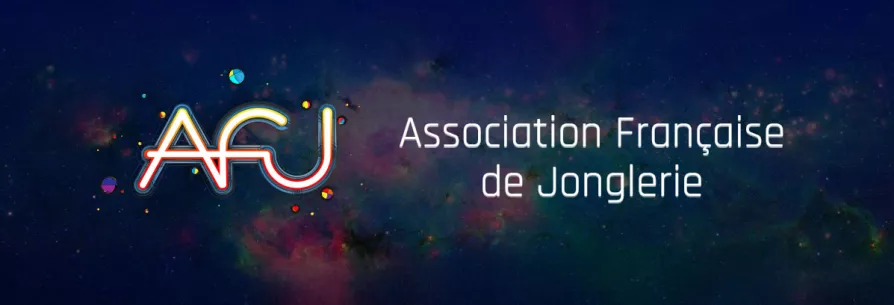
Circus in the digital age: a connected revolution
Digital technology is redrawing the contours of the circus. Artists are broadcasting their performances on social media, inspiring a new generation of practitioners. Video tutorials, like those on JuggleTube , are democratizing the learning of juggling tricks and aerial skills. Conventions are gaining visibility through online announcements, connecting enthusiasts around the world. This connected era is transforming the circus into a closer, more accessible art form, where everyone can try their hand at the magic of the ring from home.
The circus today: a horizon in perpetual renewal
In 2025, the circus continues its transformation. While giants like Barnum bowed out in 2017 under pressure from animal welfare advocates, contemporary troupes thrive by focusing on innovation and humanity. Festivals, schools, and amateur practices keep its flame alive, while modern tools facilitate its growth. Today's circus, between heritage and audacity, remains true to its original promise: to offer a space where the impossible becomes reality, for the pleasure of spectators and practitioners.
Comments
!Be the First to comment!
Quartz diabolo kit + Accessories
Triple bearing diabolo, Superglass sticks, 10m Henrys string and bag!
